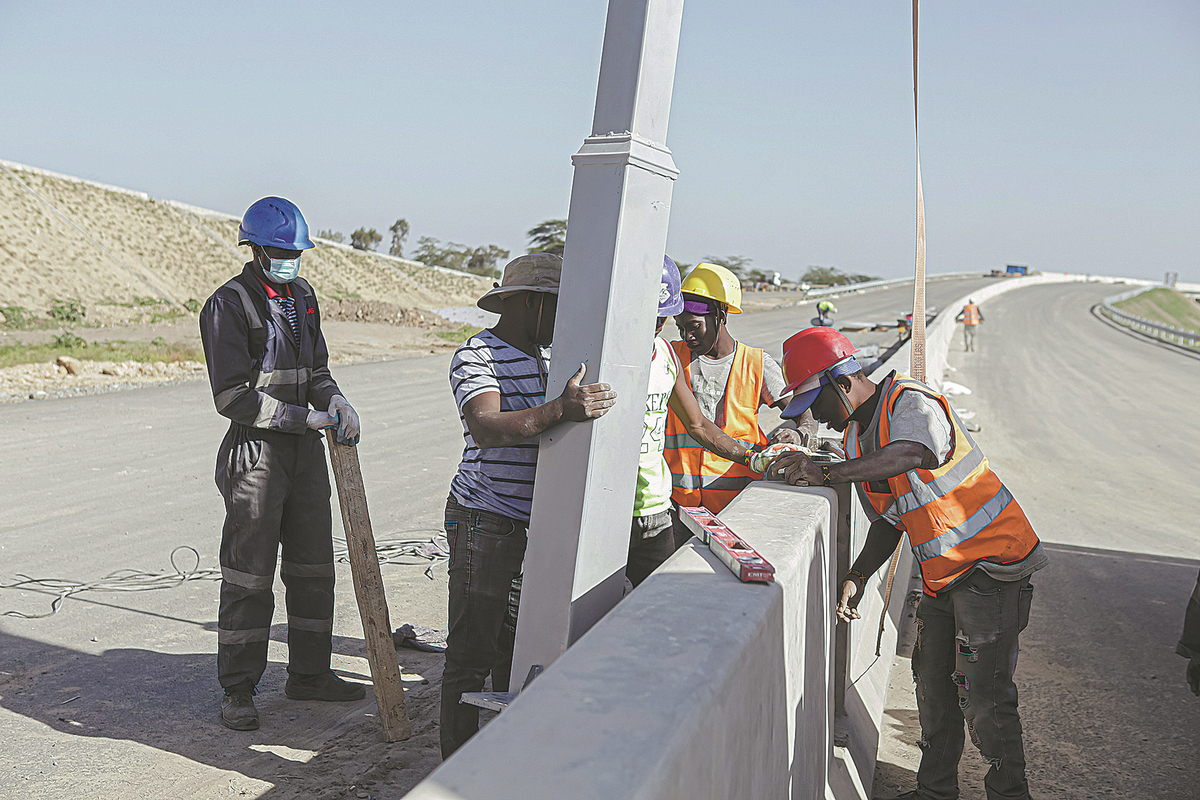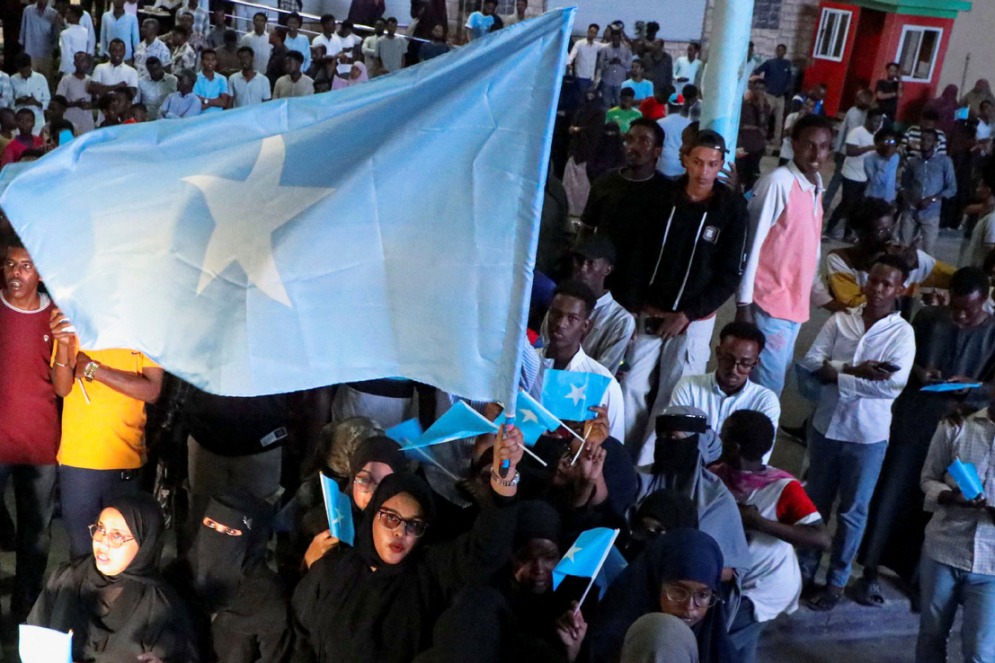Unmasked: The face of the real debt trap maker


"While some contractual provisions call for arbitration against the borrowing country in the event of failure to repay the debt in a timely manner, there is no evidence that China has actually resorted to court enforcement of payments or the use of penalty rates," Omoruyi said.
Following the outbreak of COVID-19 the World Bank and the International Monetary Fund urged the G20 to establish a Debt Service Suspension Initiative. Since it entered into force in May 2020, countries eligible for the debt moratorium, most in Africa, had taken part in the initiative before it expired at the end of last year.
Those involved in the initiative have shown a diversity of creditors in recent decades, Omoruyi said. Overall, borrowing has been mainly from Paris Club official creditors as well as private banks and multilateral institutions, and China.
In 2020 China was the most significant debt relief country in this initiative. It suspended $5.7 billion in debt payments, contributing to more than half of the total global debt moratorium. Through this action, 45 percent of debts owned by the poorest countries to China were suspended. In contrast, the United Kingdom suspended no payments on its commercial loans and recovered $3.2 billion in debt from countries that applied for the debt standstill initiative.
Omoruyi said: "China is being blamed by the West for allegedly doing exactly what some Western financial institutions have been doing for decades: providing unsustainable loans to nations in need to further plunge them into debt, weaken state capacity and open up national economies to international investors (primarily from Western countries)."
China seeks to differentiate itself from the prescriptive and hierarchical approach of other external actors by emphasizing political equality and mutual benefit, he said.
"As such, Belt and Road Initiative finances are not a debt trap that nations may fall into, but through the BRI finances African nations are getting out of the trap of no development."
A report issued by Tsinghua University in Beijing this month said that from 2023 to 2025 African countries will enter a bond repayment peak with hundreds of billions of dollars in bonds maturing, and they face default risks, affecting dozens of low and middle-income bond-issuing countries, because of the "reckless operations" of large European and US investment institutions in Africa.
Tang Xiaoyang, a professor in the Department of International Relations at Tsinghua University, said the US subprime mortgage crisis of 2008 coupled with the European debt crisis, had led to the diversion of large amounts of private financial capital from the West to developing countries. Such funds, when the economies are facing downward pressure, could be problematic.
"At that time, capital that did not find a growth point in Western countries hoped to grow from developing countries, so they greatly encouraged developing countries to issue bonds and profited from them."
The report found that in just 12 years after 2008, the stock of sovereign bonds (mainly Eurobonds) of all low- and middle-income countries rose nearly 400 percent to $1.74 trillion in 2020, accounting for more than 50 percent of these countries' external debt.
"This is the first time they have issued bonds, so they are inexperienced, and under such circumstances they feel that everything is very good when the economy is on the rise," Tang said. "I borrow more money, but I did not expect the economy to fall, and the prices of resources and commodities have dropped."
Issuing bonds has helped solve some short-term problems for some developing countries that have vulnerable economic structures and lack financial risk management experience, but it may be difficult to deal with the adverse impacts of a global economic downturn.
The report, Reality Check: Falsehoods in US Perceptions of China, issued by the Ministry of Foreign Affairs of China in June, said that the so-called Chinese debt trap is a narrative that the US and some other Western countries use to defame and smear China and disrupt its collaboration with other developing countries. An article in The Atlantic in the US last year said the debt-trap narrative is a lie some Western politicians have fabricated, and a powerful one at that.
Western capital constitutes the largest creditor of developing countries. According to recent World Bank figures on international debt, 28.8 percent of Africa's outstanding external debt is owed to multilateral financial institutions and 41.8 percent to commercial creditors mainly composed of Western financial institutions. These two types of institutions together hold nearly three-quarters of the debt, making them Africa's primary creditors.
The debt issue is, in essence, a development issue, the report said, and the key to resolving it is in ensuring that the loans deliver real benefits, the report said.

































